Hortensia Herrero Art Centre puts Valencia on the contemporary art map
Hortensia Herrero Art Centre launches in Valencia, offering a home for contemporary art to sit side by side with archaeological treasures
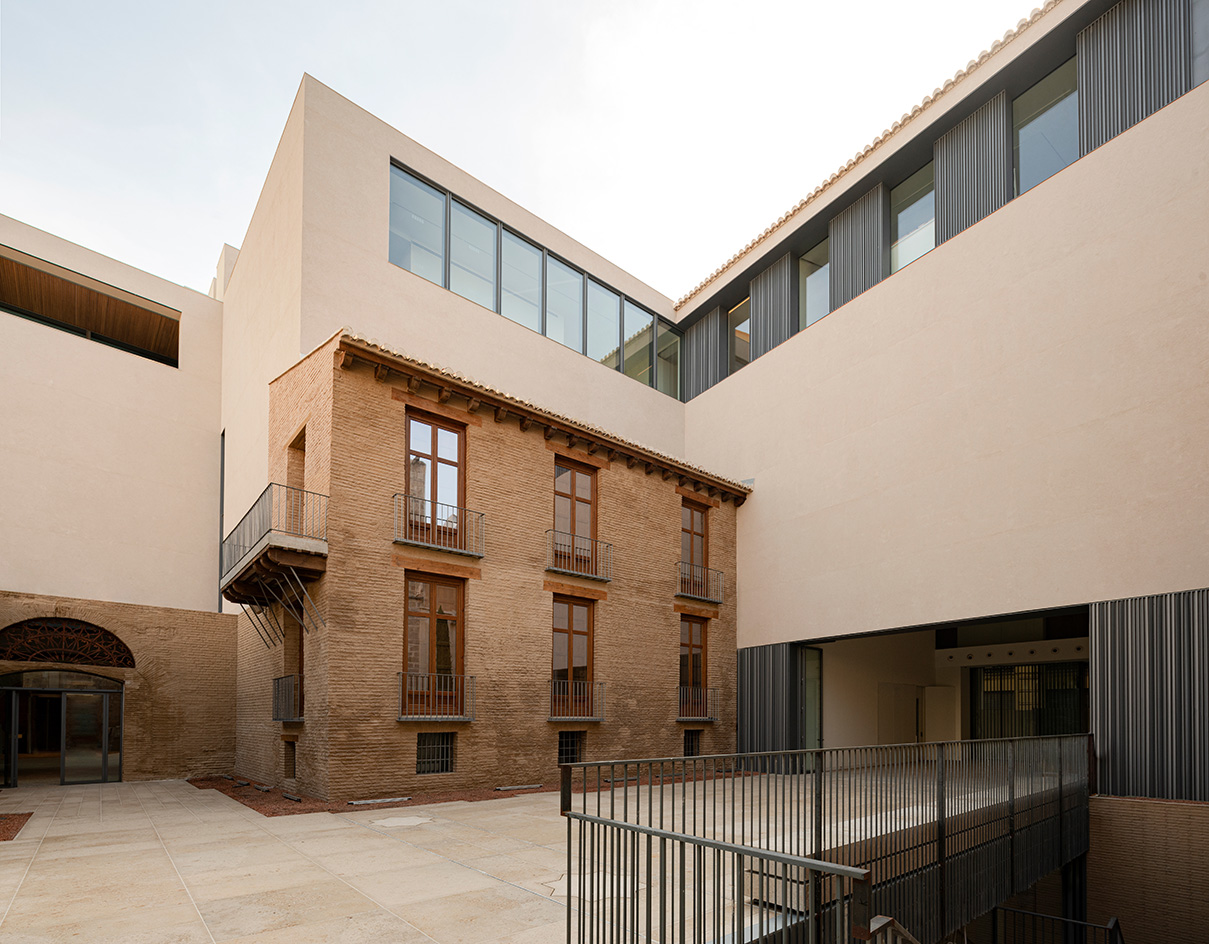
The Hortensia Herrero Art Centre (CAHH), housed in a meticulously renovated 17th-century palace in the heart of Valencia, is set to put this sunny Mediterranean city on the contemporary art map. The vice president and partial owner of one of Spain’s largest grocery store chains, Hortensia Herrero has long supported cultural initiatives in her native city, turning her focus during the last decade to developing a personal art collection for an eventual art centre.
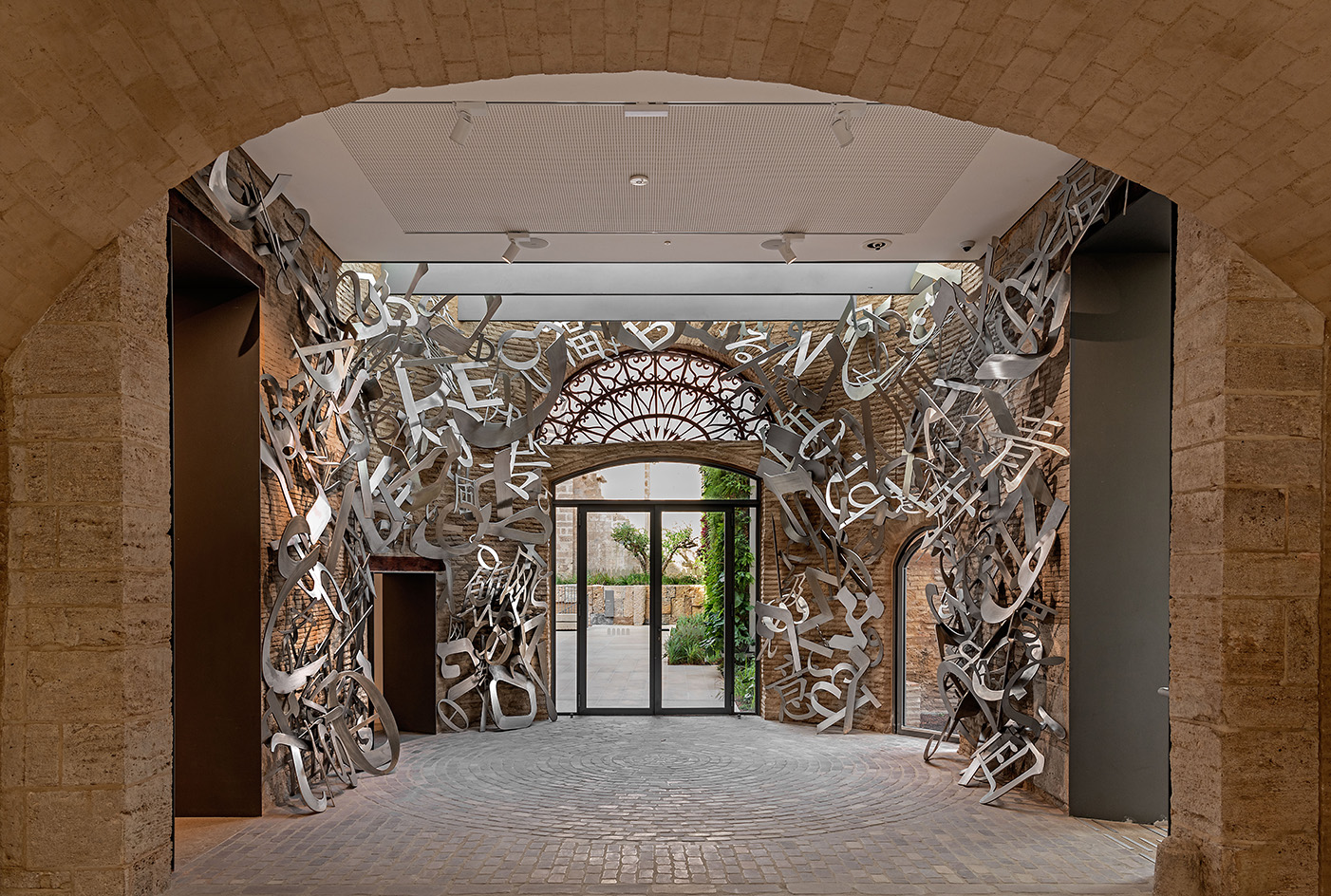
The CAHH comprises two buildings: the 17th-century palace, which was in ruins at the time of purchase, and a new building addition that together with the existing one creates 3,500 sq m of exhibition space over four floors and 17 rooms. The renovation took over five years to complete and cost 40 million euros – from the art to all of the architectural interventions. With her advisor, Javier Molins, Herrero amassed an extensive collection of late 20th- and early 21st-century work by established artists, among them, Anselm Kiefer, Olafur Eliasson, Cristina Iglesias, Michal Rovner and David Hockney; but it is the story of the 17th Palacio Valeriola that adds a layer of intrigue and history into the story.
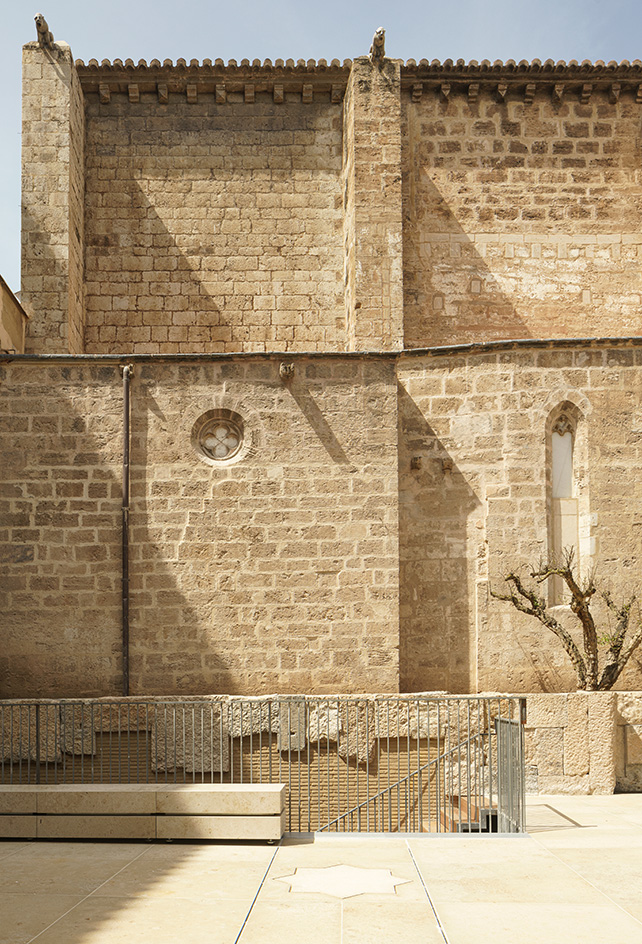
Hortensia Herrero Art Centre: a new home for contemporary culture
During the initial phase of renovation, led by Valencian architecture studio ERRE Arquitectura, the team discovered a series of archaeological ruins from across the ages on site: part of a Roman circus, including a skull of a horse likely sacrificed in honour of an event; a medieval oven, where they found remnants of fish bones, eggshells and kitchen ceramics; the remains of an 11th-century Islamic patio, including an eight-pointed fountain; part of an alleyway from when the area was a Jewish quarter; as well as jars, vessels and other smaller artefacts.
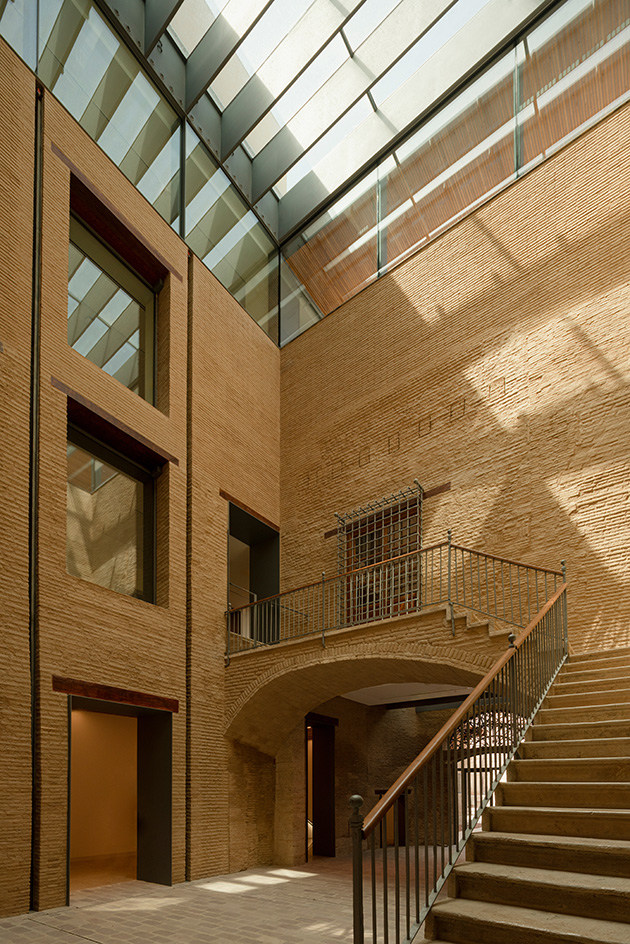
Rather than isolate the artefacts and contemporary art, ERRE created a fluid dialogue between past and present, bringing them together to show the layers of history that are found on this site. One of the best examples of this approach is Mat Collishaw’s film, Left in Dust (2023), made following his first site visit, when he saw the remains of the Roman circus. A large, oval-shaped LED screen installed near the circus projects images of horses running – first in empty space and then, as they gain speed, in front of a crowd of cheering spectators – a reference to chariot races and the Romans’ love of gladiatorial combat.

Another site-specific installation is found in what was the former apse of the palace that connects the interior with the exterior patio. Here, Jaume Plensa used high-grade steel to cut out letters from various alphabets, creating a sort of second skin on the wall that speaks to the diversity of cultures and languages.
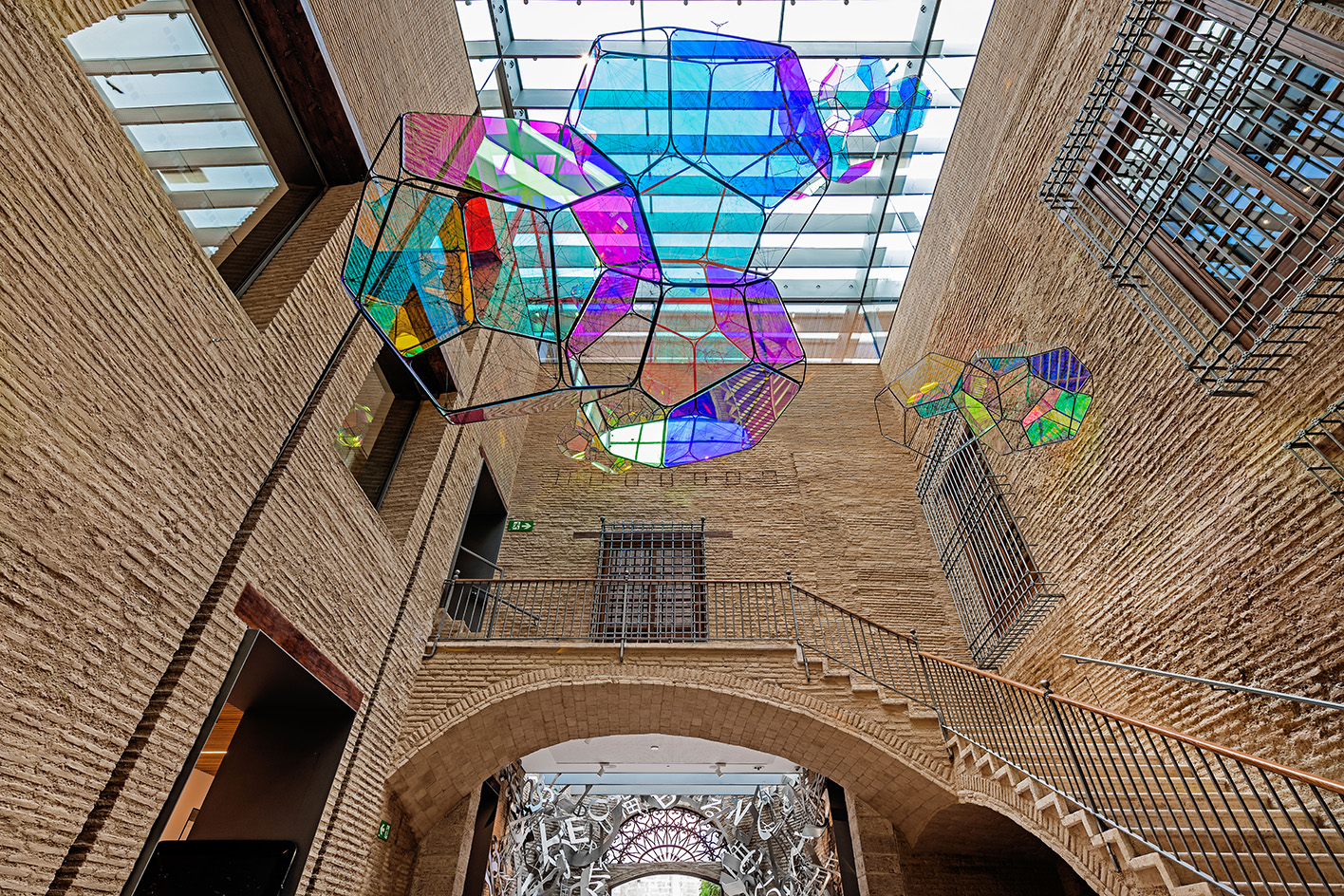
The main entrance of the art centre is an impressive triple height space from which an installation by Tomas Sareceno hangs down. Corona Australis 38.89, a series of coloured glass clouds that reflect multi-coloured light onto the traditional brown brick of the palace walls, was the first piece commissioned for the space in 2018.
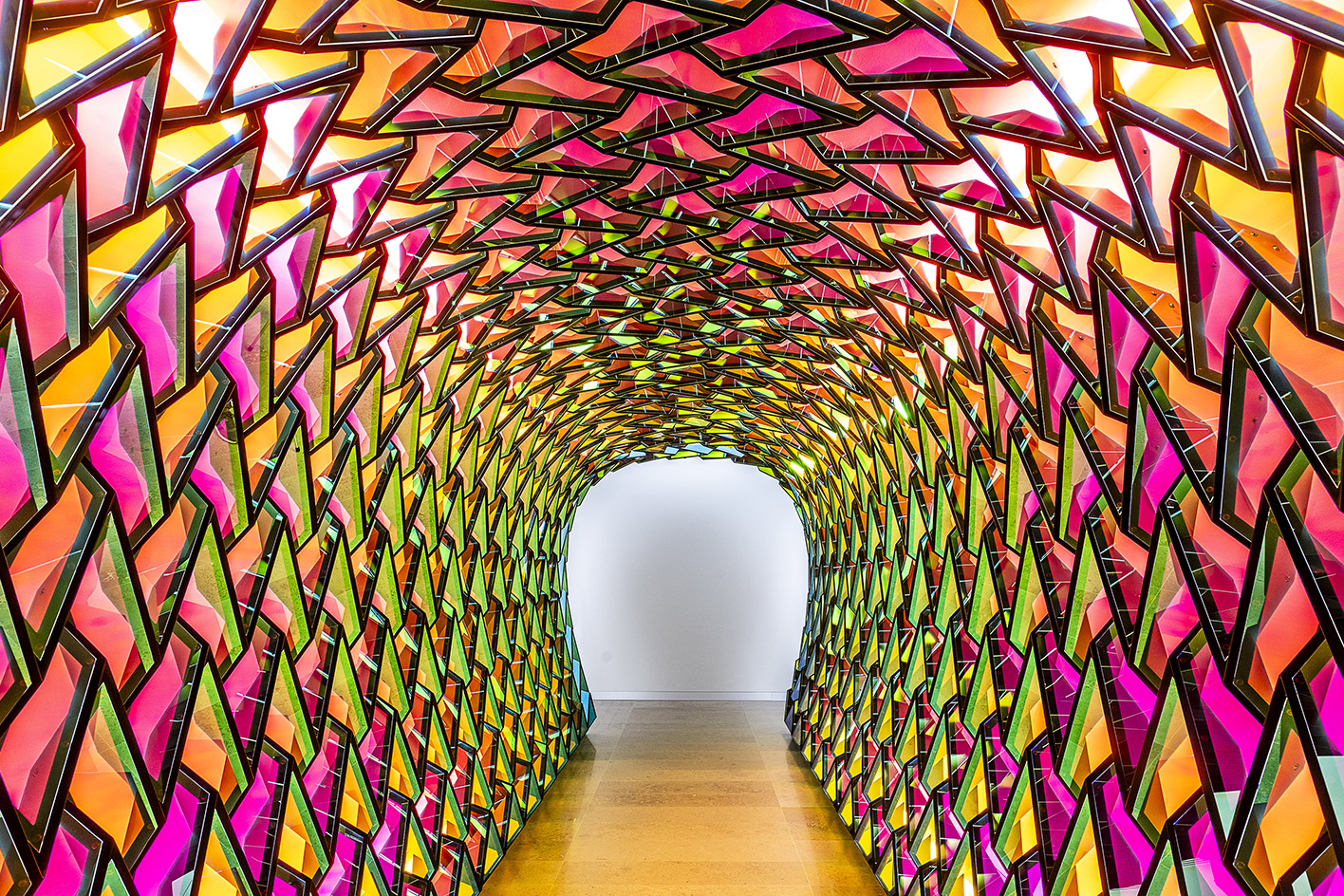
Several gallery spaces in the building engage with the past in very intimate ways. The former chapel was given over to Sean Scully, who produced two site-specific stained-glass windows and a painting meant for contemplation, while on the ceiling are original paintings by 19th-century Valencia-born painter Juan Sorolla and three of his students.
Receive our daily digest of inspiration, escapism and design stories from around the world direct to your inbox.
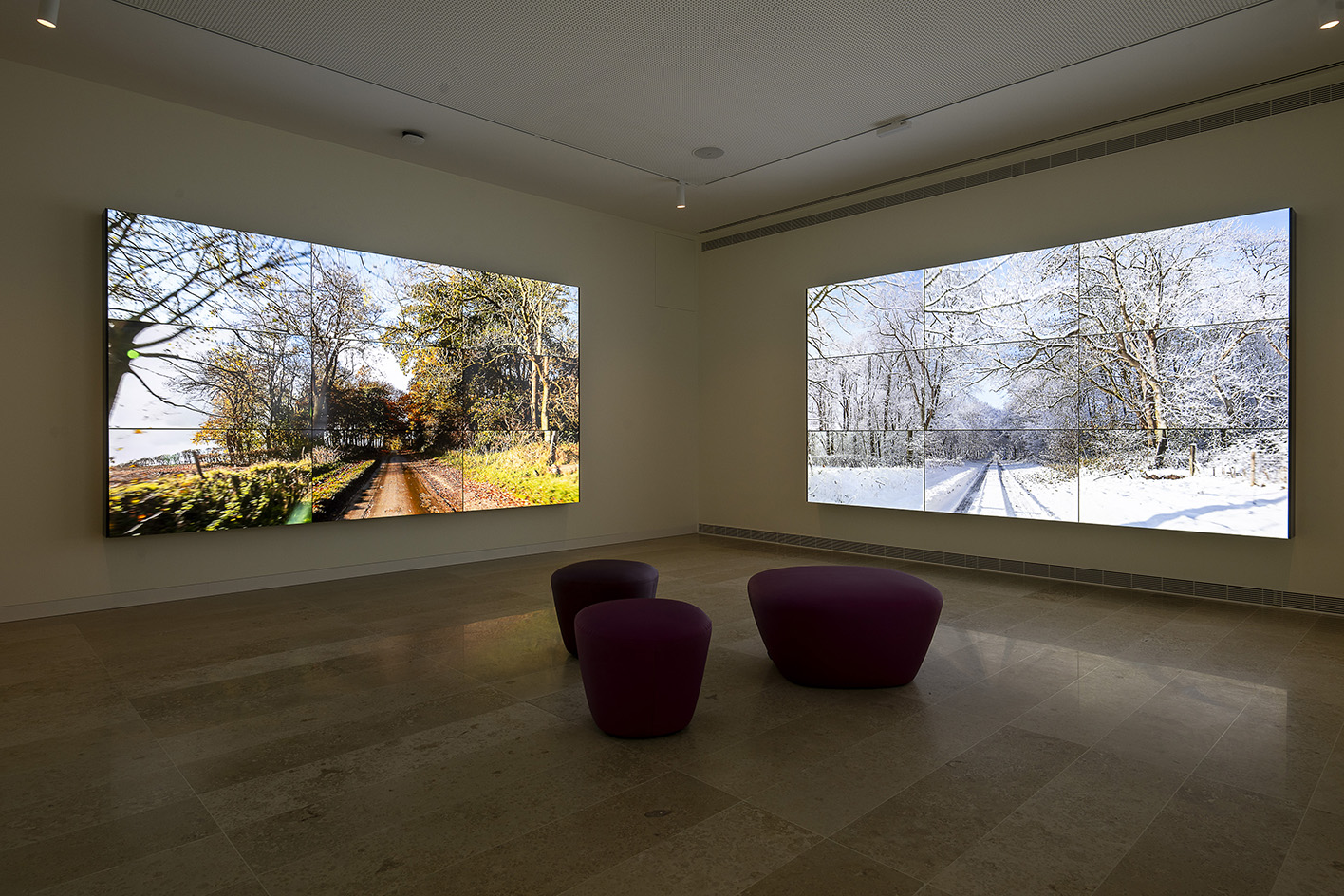
The top floor of the palace, formerly an attic used for drying clothes and food, features a slanted roof with wood beams and a colonnade of rounded windows. Here, in addition to works by Tony Cragg, Blanca Munoz, El Anatsui, Anish Kapoor and Elmgreen & Dragset, are original drawings and writings from the 17th century that had been left on the wall, as well as a small fragment of a former stairway, now framed with a Plexiglas window for viewers to see. Experiencing contemporary art within this context, it is hard not to see the work as part of a longer arc of history; a reflection of today but another piece of a bigger story.
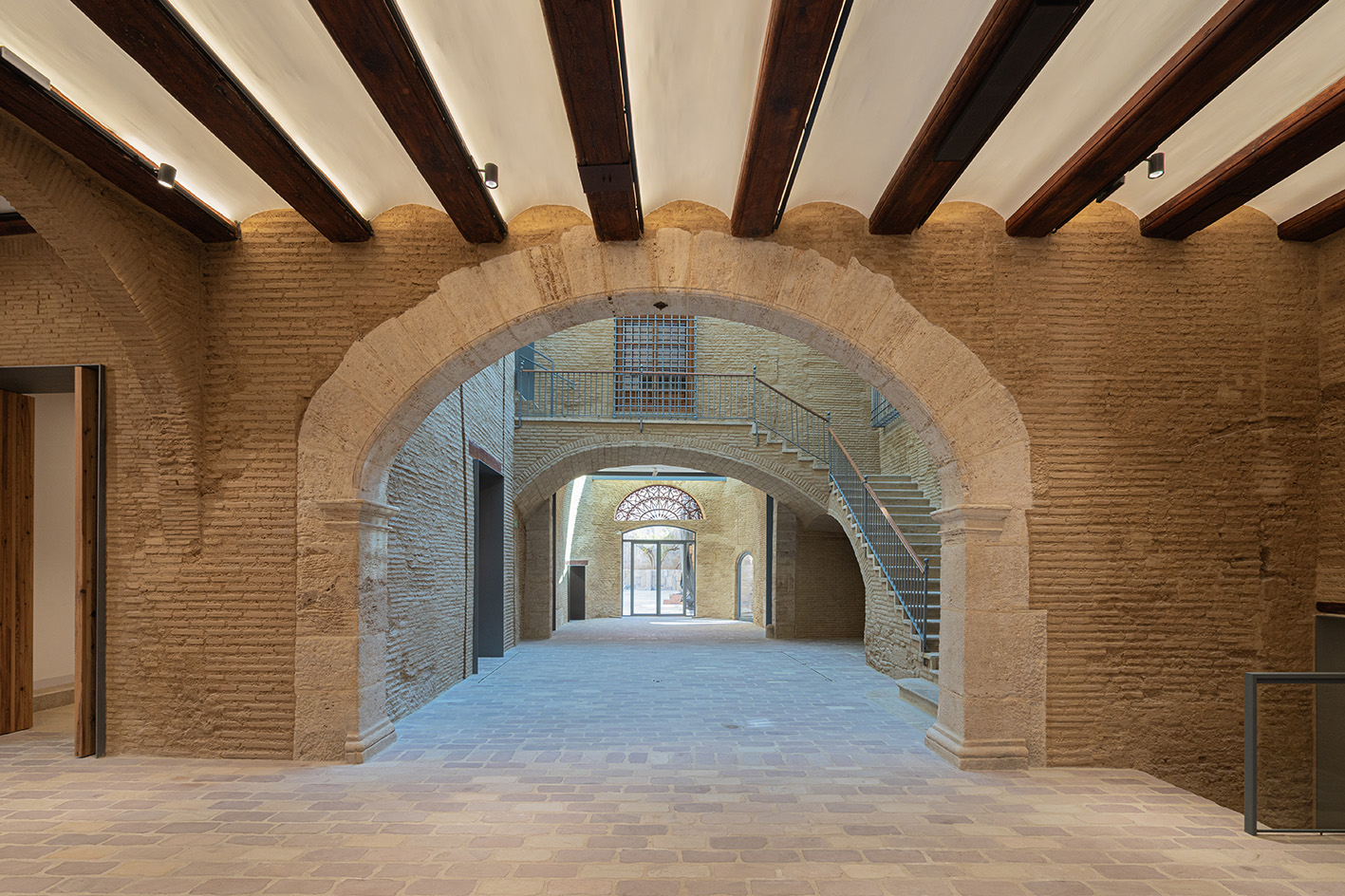
The CCAH marks a new chapter not only for the city of Valencia and contemporary art, but of this historic location and its layered past.
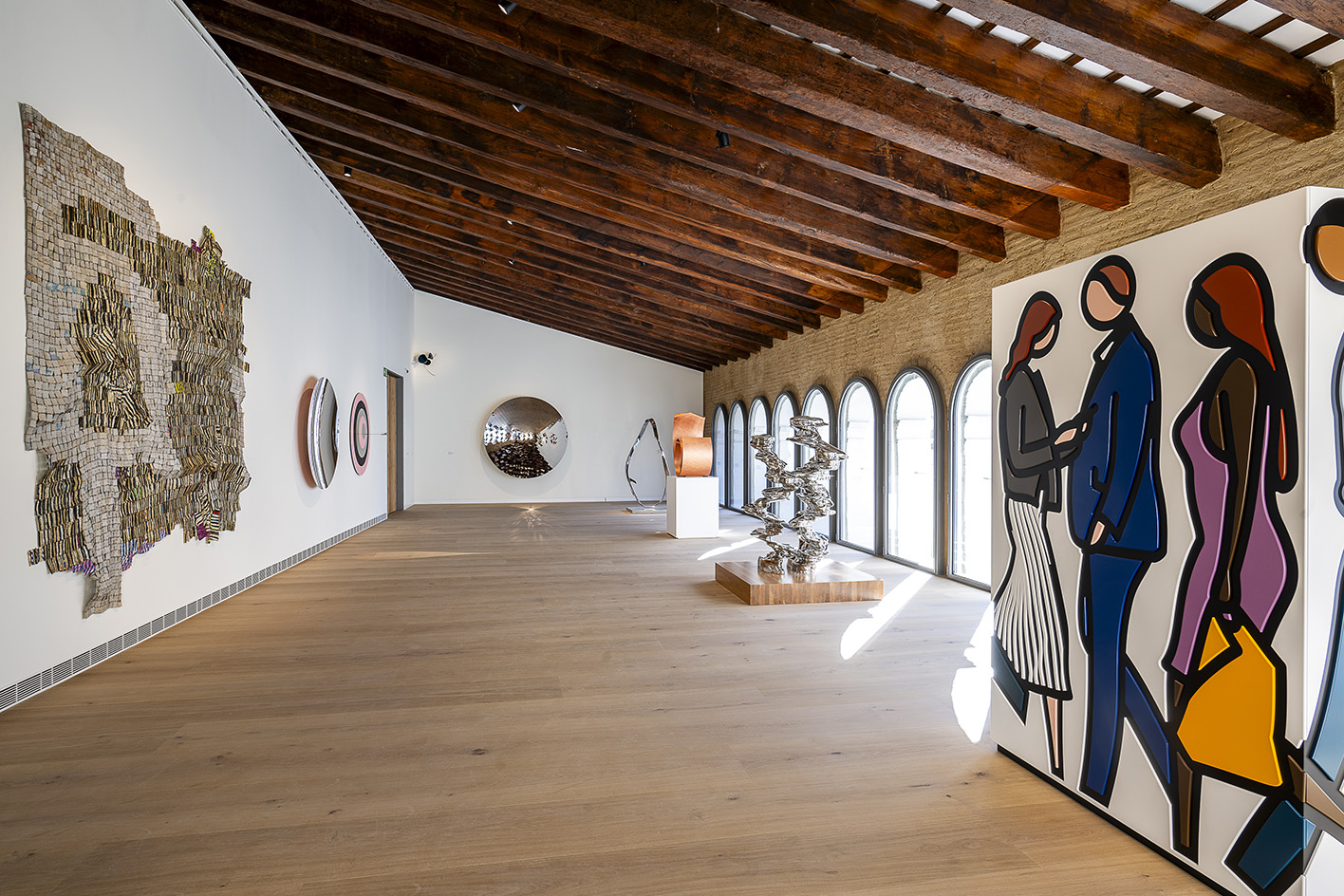
Blaire Dessent is a freelance writer, editor and copywriter specialising in contemporary design, craft, art and travel. She works as the managing editor for TL magazine, a biannual, French/English art and design publication. In 2020 she was an editor and contributor to Imaginings by Kiki van Eijk, published by nai010. She is also the co-owner of The Alameda Shop, a creative lifestyle shop in Mallorca that works with contemporary artists and makers.
-
 The Architecture Edit: Wallpaper’s houses of the month
The Architecture Edit: Wallpaper’s houses of the monthFrom wineries-turned-music studios to fire-resistant holiday homes, these are the properties that have most impressed the Wallpaper* editors this month
-
 La Monique brings the French Riviera to Santa Monica
La Monique brings the French Riviera to Santa MonicaA transportive room of velvet, candlelight, and Riviera chic, serving French favourites with a modern wink
-
 Kat Milne is the designer behind fashion’s most intriguing retail spaces
Kat Milne is the designer behind fashion’s most intriguing retail spacesInfused with elements of the surreal, Kat Milne has designed stores for the likes of Marc Jacobs, Sandy Liang and A24. ‘People are looking for a more tactile experience,’ she tells Wallpaper*
-
 In the heart of Basque Country, Bjarke Ingels unveils a striking modular building devoted to culinary research
In the heart of Basque Country, Bjarke Ingels unveils a striking modular building devoted to culinary researchSee what the architect cooked up for the Basque Culinary Center in San Sebastián, Spain
-
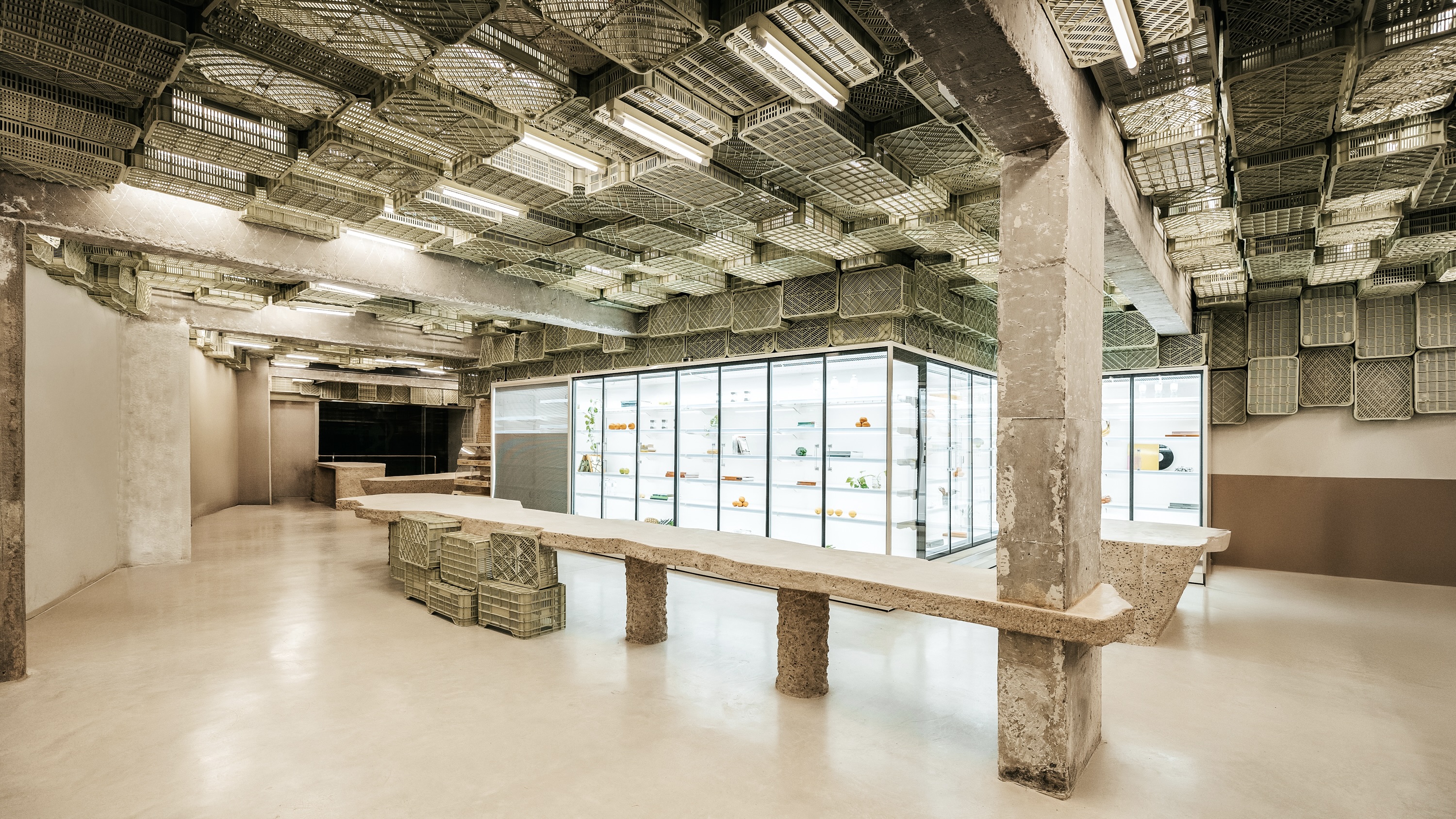 Spice up the weekly shop at Mallorca’s brutalist supermarket
Spice up the weekly shop at Mallorca’s brutalist supermarketIn this brutalist supermarket, through the use of raw concrete, monolithic forms and modular elements, designer Minimal Studio hints at a critique of consumer culture
-
 A Spanish house designed to ‘provide not just shelter, but a tangible, physical experience’
A Spanish house designed to ‘provide not just shelter, but a tangible, physical experience’A Spanish house outside Tarragona creates a tangible framework for the everyday life of a couple working flexibly in the digital world
-
 Meet Ferdinand Fillod, a forgotten pioneer of prefabricated architecture
Meet Ferdinand Fillod, a forgotten pioneer of prefabricated architectureHis clever flat-pack structures were 'a little like Ikea before its time.'
-
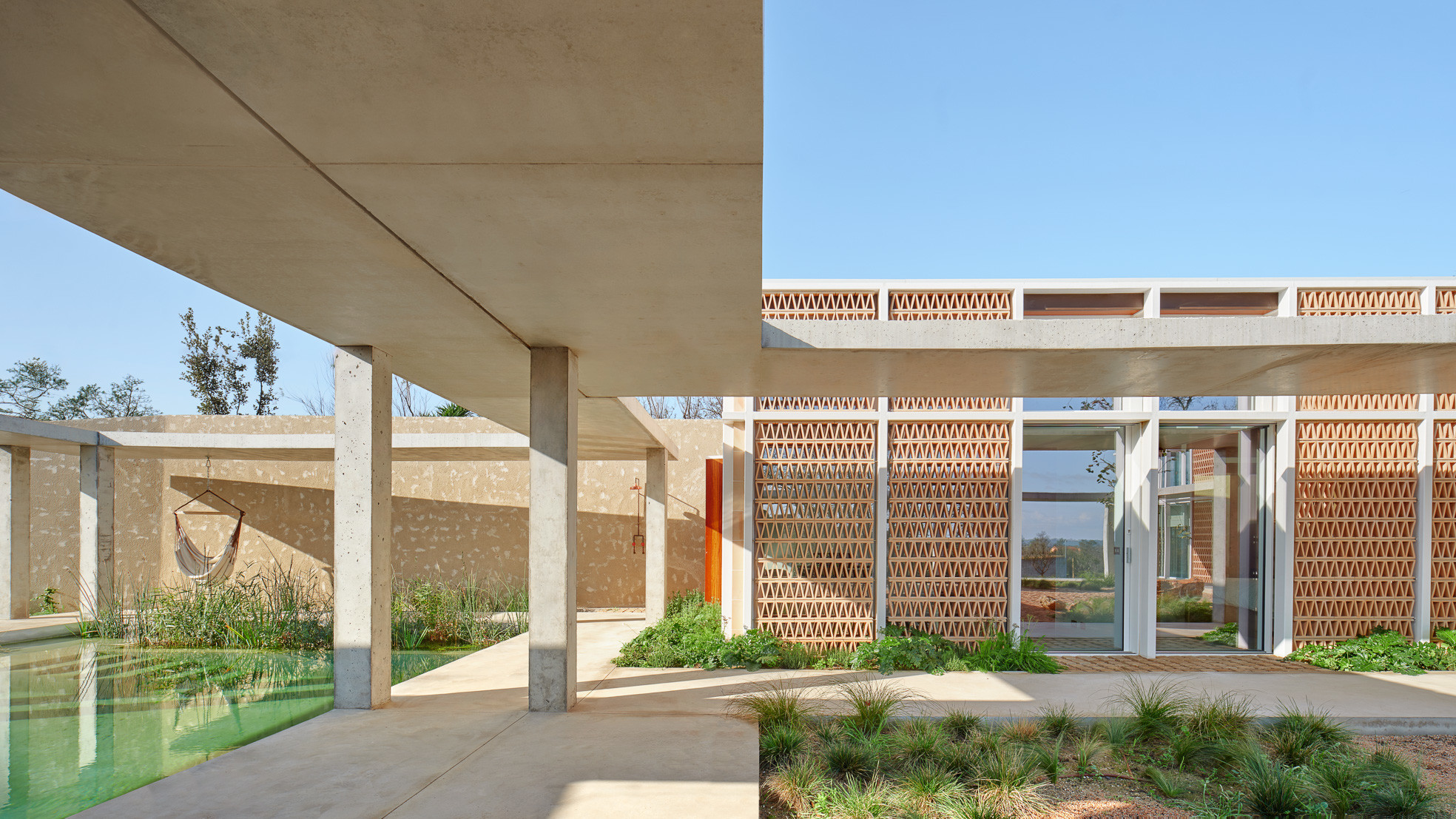 A courtyard house in northern Spain plays with classical influences and modernist forms
A courtyard house in northern Spain plays with classical influences and modernist formsA new courtyard house, Casa Tres Patis by Twobo Arquitectura, is a private complex that combines rich materiality and intriguing spatial alignments
-
 In Santander, a cotton candy-coloured HQ is a contemporary delight
In Santander, a cotton candy-coloured HQ is a contemporary delightSantander’s Colección ES Headquarters, a multifunctional space for art, office work, and hosting, underwent a refurbishment by Carbajo Hermanos, drawing inspiration from both travels and local context
-
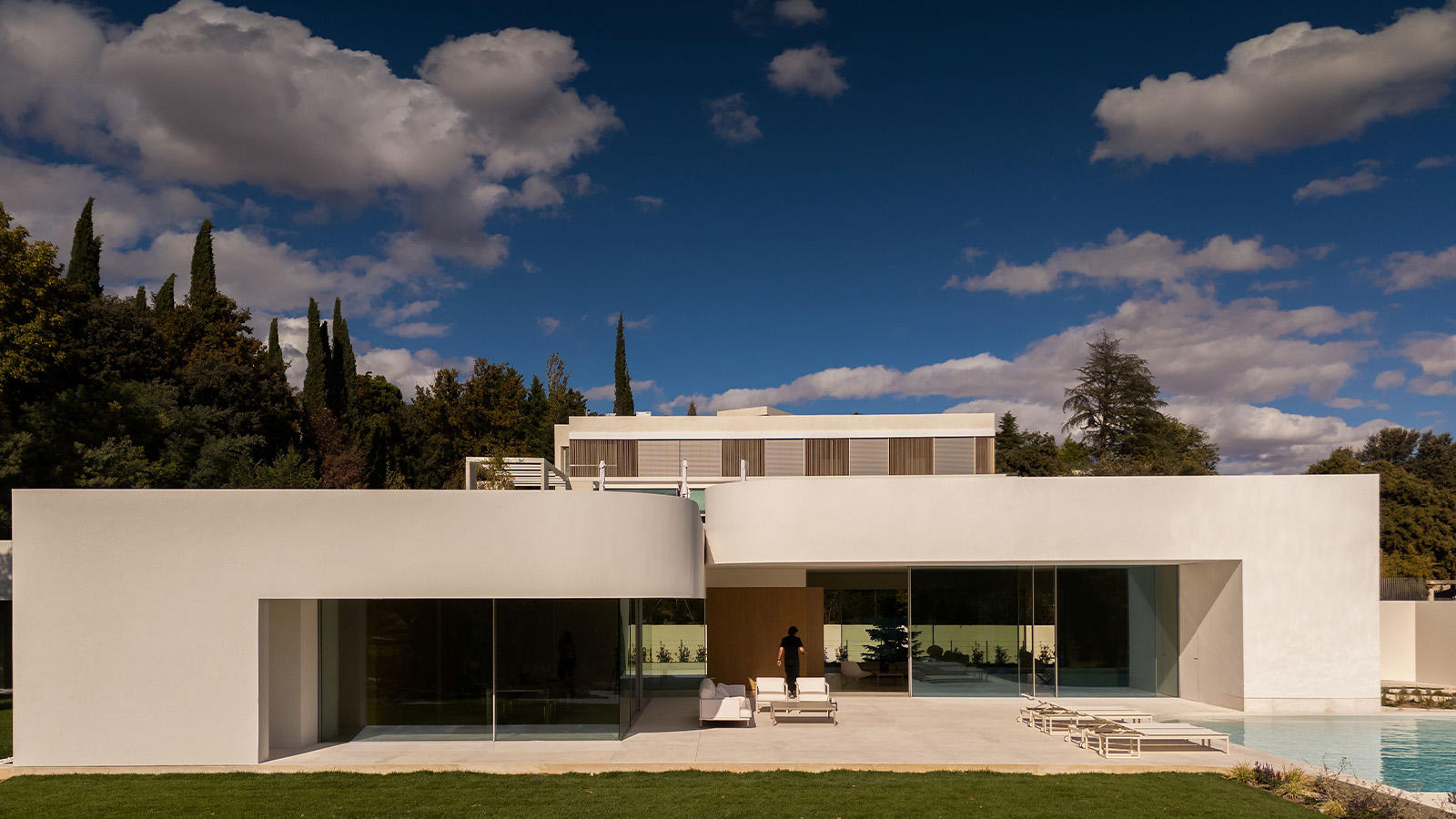 This Madrid villa’s sculptural details add to its serene appeal
This Madrid villa’s sculptural details add to its serene appealVilla 18 by Fran Silvestre Architects, one of a trilogy of new homes in La Moraleja, plays with geometry and curves – take a tour
-
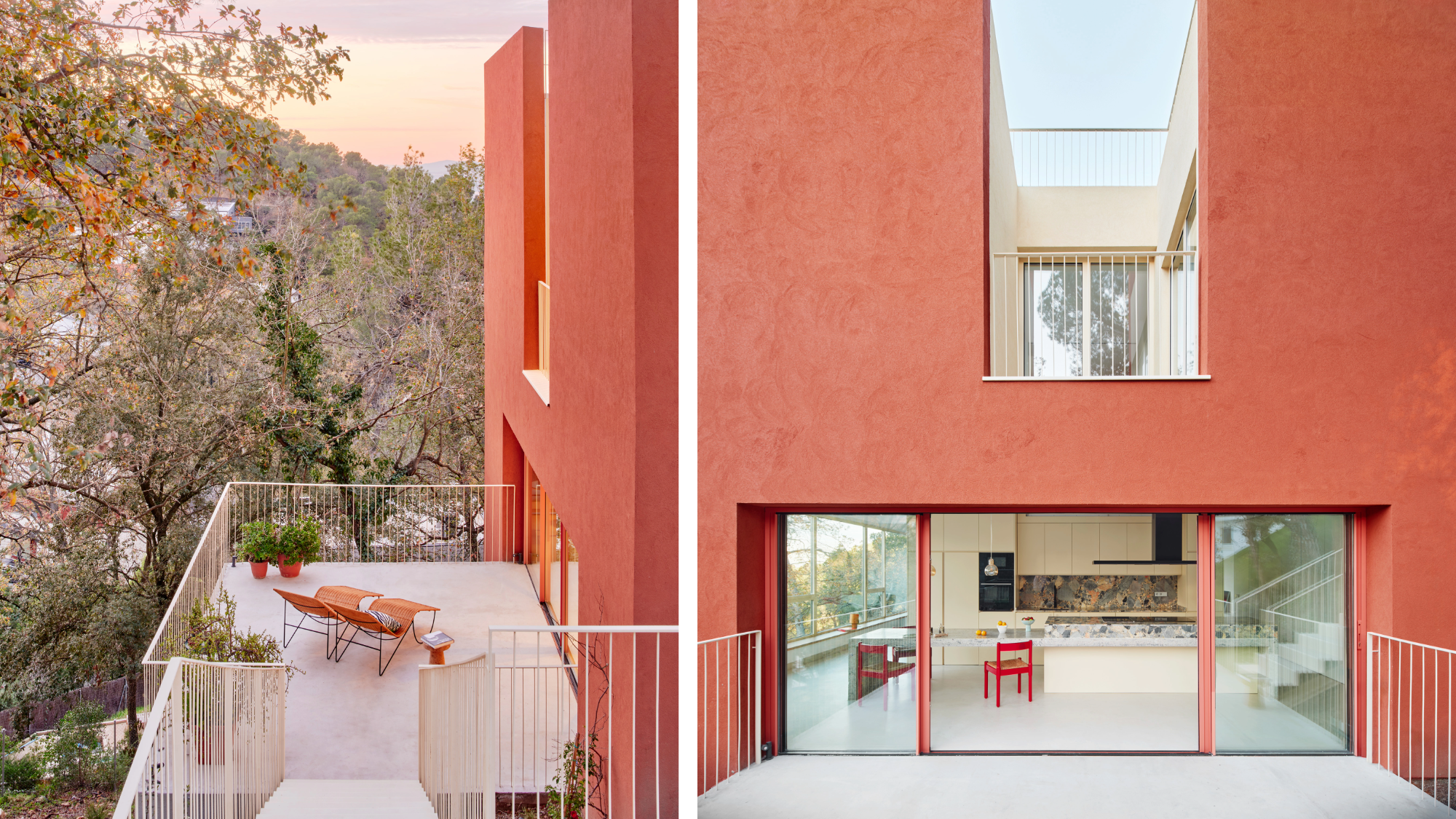 This striking Spanish house makes the most of a tricky plot in a good area
This striking Spanish house makes the most of a tricky plot in a good areaA Spanish house perched on a steep slope in the leafy suburbs of Barcelona, Raúl Sánchez Architects’ Casa Magarola features colourful details, vintage designs and hidden balconies